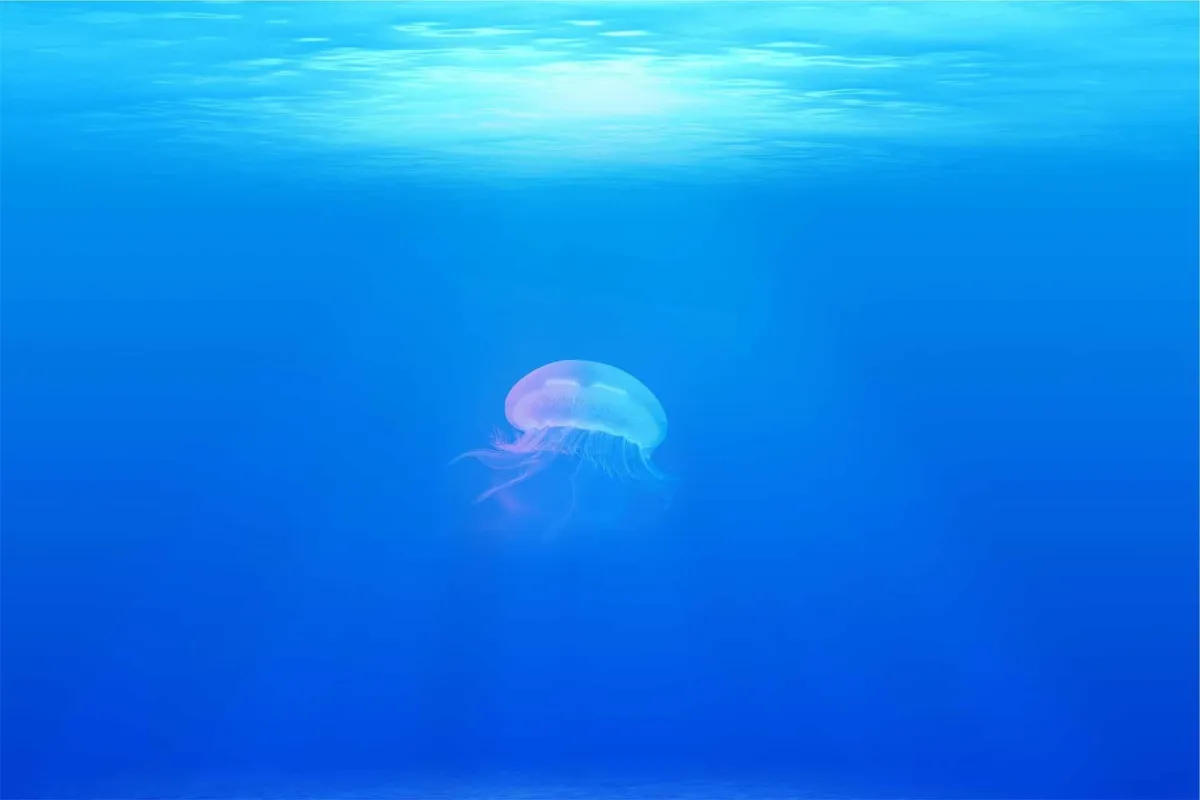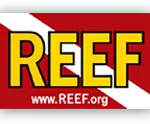Privacy Policy
Welcome to the Marine Citizen Science Certificate Course, offered by Ocean Sanctuaries and REEF (Reef Environmental Education Foundation).
It is free of charge and consists of two parts, Citizen Scientist Certification Level 01 and REEF California or Pacific Northwest Marine Life ID courses. Once both Part I and Part II have been satisfactorily completed, then a basic Marine Citizen Scientist certificate will be issued by Ocean Sanctuaries through our Ocean Sanctuaries eLearning portal. The certificate is not mandatory.
Each course may be completed separately or in sequence. We highly recommend taking the Ocean Sanctuaries Citizen Scientist Certification, Level 01 course first. If you want to receive the Marine Citizen Science Certificate Course certificate you must successfully complete both courses (part 1 and part 2).
Note: This is not a scuba certification program and any training involved with scuba equipment must be obtained separately from a recognized diving certification agency, such as NAUI, PADI or SSI.
Part I: Enroll in the Ocean Sanctuaries course here: Citizen Scientist Certification, Level 01
This course introduces students to the basic skills needed to conduct citizen science activities in the field. It emphasizes techniques for measurement and observations of wildlife and other natural phenomena and how to accurately record them along with necessary contextual data.
Because most of the anticipated field work will take place in a marine environment, the course emphasizes identifying marine organisms.
Any questions for the Ocean Sanctuaries’ courses can be sent to [email protected]
Part II: Take the REEF California or Pacific Northwest Marine Life ID courses
Your goals for this course are:
Learn how to identify a number of fish, or invertebrates/algae found in California or the Pacific Northwest. You will do this by viewing a series of recorded webinars at your own pace (REEF calls them Fishinars.
Take and pass the associated quiz (fish or invertebrates/algae) with a score of 80% or higher.
You can choose to take any of these four options for this course:
California fish
California invertebrates/algae
Pacific Northwest fish
Pacific Northwest invertebrates/algae
STEP ONE:
Join REEF. This will set up your online REEF account and assign your REEF member number. (5 minutes)
STEP TWO:
Familiarize yourself with REEF and the Volunteer Fish Survey Project by reading the Surveyor Info Sheet. (10 minutes)
http://www.reef.org/reef_files/cheatsheets/REEFSurveyorInfoSheet.pdf
STEP THREE:
View the quick start guide to learn see how REEF surveys are conducted. (2 minutes)
http://www.reef.org/reef_files/fishinars/2016VFSPinternvideo.mp4
STEP FOUR:
Print out and use the study list for California while you watch the videos:
California Fish ID option:
View 5 recorded webinars (Fishinars). Each should take less than an hour to complete.
http://www.reef.org/reef_files/fishinars/CALrockfish.wmv
http://www.reef.org/reef_files/fishinars/CALsculpins.wmv
http://www.reef.org/reef_files/fishinars/CALwrasse.wmv
http://www.reef.org/reef_files/fishinars/CALperch.wmv
http://www.reef.org/reef_files/fishinars/CALoddsnends.wmv
California Invertebrates/Algae ID option:
View 2 recorded webinars (Fishinars). Each should take about 2 hours to complete.
http://www.reef.org/reef_files/fishinars/CALinvertspart1.wmv
http://www.reef.org/reef_files/fishinars/CALinvertspart2.wmv
Pacific Northwest Fish ID option:
View 4 recorded webinars (Fishinars). Each should take less than an hour to complete.
http://www.reef.org/reef_files/fishinars/PNWrockfish2012.wmv
http://www.reef.org/reef_files/fishinars/PNWSculpins.wmv
http://www.reef.org/reef_files/fishinars/PNWGunnelsGreenlingsGobies.wmv
http://www.reef.org/reef_files/fishinars/PNWRatfishFlatfishPerch.wmv
Pacific Northwest Invertebrates/Algae ID option:
View 5 recorded webinars (Fishinars). Each should take less than an hour to complete.
http://www.reef.org/reef_files/fishinars/2014PNWspongesstingers.wmv
http://www.reef.org/reef_files/fishinars/2014PNWgettingcrabby.wmv
http://www.reef.org/reef_files/fishinars/2014PNWmolluscs.wmv
http://www.reef.org/reef_files/fishinars/2014PNWstarssquirts.wmv
http://www.reef.org/reef_files/fishinars/2016PNWnewinverts.wmv
If you have problems viewing any of these Fishinar recordings, see the suggestions at the bottom of the page here: http://www.reef.org/fishinararchives
Other learning and study resources for California and the Pacific Northwest may be found here. https://www.reef.org/reef-training-and-webinar-resources
Facebook Groups for REEF surveyors in California and the Pacific Northwest have been created and are great places to ask questions, post photos of mystery fish, seek help or dive buddies.
STEP FIVE:
Make arrangements to take the test for either fish or invertebrates/algae in a live, interactive online session by emailing Janna Nichols.
RECOMMENDED:
If you live in or are able to travel to California or the Pacific Northwest to dive, it is highly encouraged for you to complete 2 REEF survey dives in conjunction with this course. You may be eligible to earn REEF Experience Level 2 if you do.
RECOMMENDED STEP ONE:
Order a California or Pacific Northwest region Surveyor Starter Kit from the REEF online store. This kit includes a slate, compatible underwater survey paper, laminated color ID cards for both fish and invertebrates, survey instructions and more.
RECOMMENDED STEP TWO:
Get out there, go underwater and conduct two REEF surveys
RECOMMENDED STEP THREE:
Submit your data online for those two dives: http://www.reef.org/dataentry/login.php
Any questions can be directed to Janna Nichols ([email protected])
CONTACT
Ocean Sanctuaries, Inc.
1981 Caminito el Canario
La Jolla, CA 92037 USA
+1.858.633.7305
NPO INFO
EIN 46-5209246
501(c)(3) Nonprofit
C Environmental Quality Protection, Beautification
C30 (Natural Resource Conservation and Protection)
BOARD OF DIRECTORS
© 2024 Ocean Sanctuaries, Inc. | Privacy Policy | Terms of Service


